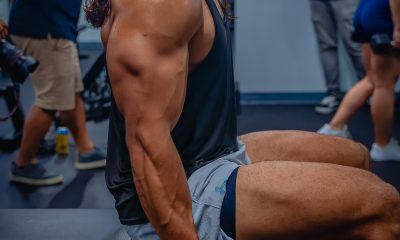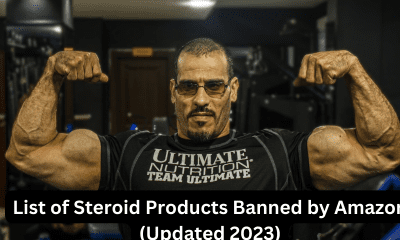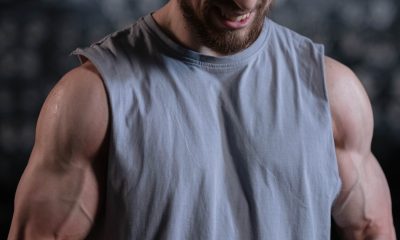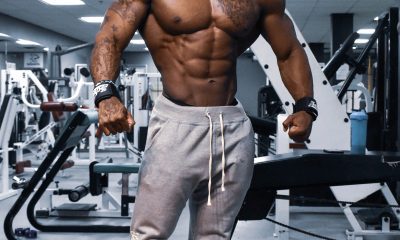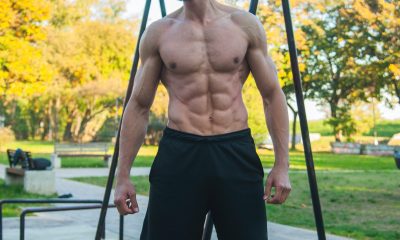Steroids
Is Significant Muscle Gain Possible Without Steroids?
People get into bodybuilding for a variety of reasons but in most cases, the goal is to improve their body's appearance. With this sole goal in mind, people flock the gym to start a bodybuilding program. It doesn't take long to realize that unless you have the genetic disposition for it, putting on muscle is very difficult.
So difficult that some turn to steroids as an easy answer to their problems. But is it possible to pack on lean well-defined muscles without the steroids? The quick answer is yes. The long answer will help define what it takes in order to do so.
Dedication

Not to say that steroids are a magic pill. You can't be a lazy sloth one day, pop some steroids and then suddenly be posing on the cover of Shredded Monthly. Building muscle takes dedication. Steroids will only get a person part of the way there. So lots of gym time and a good diet is essential. The problem though is that using this shortcut will not only put a user's health at greater risk but keeps them from looking and feeling their absolute best.
The goal of just looking better is too short-sighted. A goal to improve health, improve performance and physique means taking an approach that is radically different. This means maximum effort in the gym. It means a carefully chosen diet and supplement regimen.
Read More: Steps / Tips to Keep in Shape Your Muscle Mass After Steroid Cycles.
Does this mean that everyone who puts in 110% will have abs like their favorite Hollywood action star? Probably not. Genetics play a huge part in how big a person can get, but they spend up to 3 hours a day at the gym. Most people don't have that kind of time or dedication. But gaining significant amounts of muscle can be a more long-term goal.
Protect Your Gains

The problem for most people is that in order to gain muscle, they have to work out longer and harder. However, this increases the bodies caloric needs. A diet deficient in nutrients and protein is going to allow the body to turn to the next available source.
Sadly, nothing is quite as packed with energy as muscle. Hours at the gym with improper nutrition will lead to very slow gains if any. Even steroids can't keep that from happening. A large muscular body will require a massive amount of food in order to sustain size and muscle definition.
During training for one movie, Dwayne “The Rock” Johnson admitted to consuming some 6000 calories a day. If it was fast food it would be easy. But his daily meal regimen consisted of low fat and protein-rich sources like fish and chicken breasts over the course of 7 meals in a day. It includes:
- Rice
- Egg-whites (14 to be exact)
- Vegetables
- 3 pounds of meat.
That is just one day. What does The Rock do with all of that energy? He burns it off while providing his body the essential building blocks for a solid physique. Every day in the gym, 3 hours a day. The average person that wants to improve their physique and their health won't be able to follow his diet and exercise plan.
Remember this is after all his job. Look through at the underlying message of the philosophy. Eat to fuel bigger and better workouts. Eat clean to give the body all of the necessary nutrients needed to build lean muscle.

Non-Steroid Supplements
Another way to protect muscle during workouts is by using safe non-steroid supplements. A non-steroidal stack of branched chain amino acids, fish oils, creatine and L-Glutamine can help protect muscles. Increased muscle definition and better recovery time mean quicker gains of lean muscle. Before starting any supplement regimen, visit a physician.
Must Read: 6 Best Supplements to Increase your Stamina
Have The Right Mindset
No amount of steroids will help a person reach their goals if they aren't dedicated. So setting goals like avoiding steroids will help a bodybuilder have the right mindset. Realizing that every hour spent in the gym, every bland chicken breast consumed and every non-steroid supplement that is taken has a purpose.
Halfhearted workouts and an excessive number of cheat days are a waste of time. No one has ever gained a rock solid physique just because they popped a few pills or learned how to use a syringe. A bodybuilder with the right mindset recognizes that consistency is a key component of any successful workout plan.
Must Read: What is The Best Diet Plan for Bulking Purpose
The right mindset needs the occasional reality check as well. There is a no magic pill. There is no easy way to achieve a superhero physique. Bodybuilding without steroids isn't just about appearing bigger. To be stronger requires that every muscle group needs work. Curls alone won’t grow massive biceps.
But a well-rounded regimen focusing on building strength and developing surrounding muscle groups will build the bigger fuller and more realistic looking biceps. So can it be done? Is it possible to gain significant amounts of muscle without the steroids? Absolutely. Now get to work.
Steroids
Steroid Shops Review
osgear.se
⭐⭐⭐⭐⭐
Score: 97.78%
Osgear has consistently maintained a 99% customer satisfaction rate across key areas, including delivery speed, shipping reliability, competitive pricing, product quality, and customer service. Customers frequently commend the store for its fast and secure shipping, ensuring timely deliveries with minimal disruptions. The pricing structure remains highly competitive, offering outstanding value while maintaining top-tier product quality. Additionally, Osgear's customer support team is recognized for its responsiveness, efficiently addressing inquiries and resolving concerns. With near-perfect ratings, Osgear continues to uphold its reputation as a trusted and high-performing online retailer for steroid products.
| RANK: #1 | CATEGORY | AVERAGE (ONE YEAR) |
| Overall | 100% | |
| Quality | 99.874% | |
| Delivery | 99.61% | |
| Service | 99.91% | |
| Pricing | 99.67% | |
Popular Products
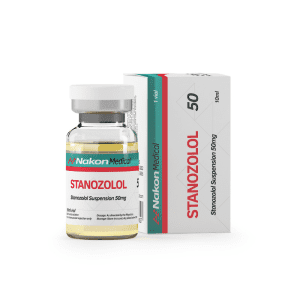 Stanozolol 50
Stanozolol 50
Sold for $40.00
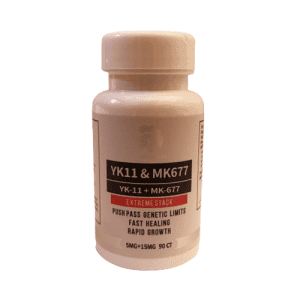
YK11 & MK677
Sold for $124.00
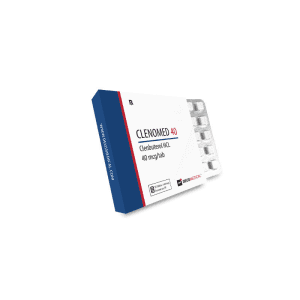
Clenomed 40
Sold for $26.00
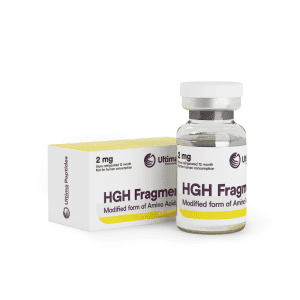
Ultima-HGH Fragment 176-191 2mg
Sold For $51.00
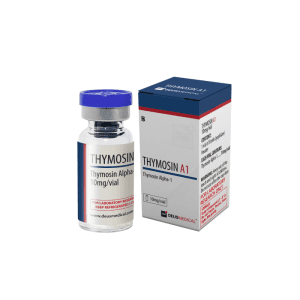
Thymosin Α1
Sold for $90.00
Shipping
Osgear offers a variety of shipping options as explained below:
First Class Shipping
The supplier applies A flat shipping fee of $25, covering package handling and the courier service used. Certain products, such as HGH, may require specialized shipping methods, which incur an additional charge of $50 at checkout when applicable.
Domestic Orders
Products they classify under domestic shipping are slightly more expensive due to additional security measures and risk prevention protocols. Upon the provision of tracking information, updates may remain inactive for several days. This delay should not be a cause for concern, as logistical planning is undertaken during this period to ensure secure delivery. Once tracking becomes active, the package is expected to arrive within 3–4 business days.
International Orders
International shipments typically arrive within 1–2 weeks. The customs process involves two stages: one at the origin country, where the shipper is located, and another at the destination country. The duration of customs processing is highly variable, often inconsistent and unpredictable. Due to this uncertainty, a transit period of 30 full days is required before a shipment is considered undelivered. If delivery has not occurred within this timeframe, they conduct a review of the case to explore possible resolutions.
Payments
Osgear uses Bitcoin as the sole mode of payment. Bitcoin payment is not only anonymous, but they also argue that orders paid for with it can be processed much faster.
Customer Reviews
kth344621
⭐⭐⭐⭐⭐
My overall experience
I had an overall great experience with this source, especially in concern to the rc's. They were very quick and easy to deal with and the safety protocols were top notch. Order was
Ultima test p 100
Ultima dbol 25mg
Ultima mt2
Products, effectiveness and results
I had used the smaller peptide/rc sites for mt2 and similar products in the past but this seemed to be a bit of a step up. I used 8cc per day for 3 days and then 5 cc 2x per week. The darkening came to full effect right after the first week, 2 tanning sessions and some activity outside. It was definetly the best results I got from this product. The dbol was great and did improve my pumps quite a bit, it also had a high effect on my appetite over the short run. Additionally the prop was great for maintenance, it was a clean product, improved my mood as well as my pumps.
Customer service
It was as it should be, I ordered and it was here within the time frame
Shipping and Delivery
Safer than most, again it came as quickly as should be inspected and the safety measures were impressive.
I was impressed with every aspect of the transaction, the price, quality and range of selection are great!
I recommend shopping here!
stolenbases_sd19
⭐⭐⭐⭐⭐
My overall experience
Let me tell you. This may be my millionth review and time ordering from OS. Most reliable, most affordable, best communication in the game.
Products, effectiveness and results
Ultima npp 150x3 (dosed 150mg every 3rd day.)
Yo, let me tell you. I struggle severely with bone and joint pain and discomfort and I’m only 26yo… this shit had me my bones and joints feeling like I was 18 first hitting the weights. No aches, no pains, quality muscle mass. Strength improved, ima tren fanatic. So if you are too, don’t expect that kind of monster strength. This npp gives you the more, “damn I loook good, and I feel ever better feeling”. Weight went from 220 to 230lbs no fat added and body fat % dropped about 3%
Ultima Caber .25x2
As expected this does what it’s intended to do. Keep your titties milk free lol. Doses 1/2 a pill every 3rd day. These come with a split so they are super easy to break in half
Customer service
Received a dbol 25 for the freebie. Lightning fast responses. Great friendly customer service.
Shipping and Delivery
Less than 10 days, I was shocked. Packaging was more discreet also
Thank you again OS. For being reliable and legit.
I recommend shopping here!
Mathew3515
⭐⭐⭐⭐⭐
My overall experience
Round 2 with DHB, and man… this compound is an absolute beast. I ran it at 300mg/week split into two shots, and I can honestly say it’s become a new favorite. The results speak for themselves: hard, dry, vascular, and strong — the kind of look and feel you don’t get from the usual bulking compounds.
The pump is unreal, and it’s not just for show. I was getting stronger week by week, pushing heavier weights with better control. People at the gym started asking what I was on because the fullness and definition just kept improving. And this wasn’t bloat — just clean, dense muscle.
Products, effectiveness and results
DHB Deus Medical.
I used 300mg / week.
• Insane vascularity and dry look within 10-14 days
• No water retention at all — you stay crisp and tight
• Noticeable strength increase every single week
• Endurance and aggression in the gym – tunnel vision focus
• Libido was up — no issues at all in that department
• No estrogenic sides, no gyno, no bloat
• PIP was minimal, way smoother than I expected
• My muscles felt rock solid 24/7 — even at rest
I paired it with a basic dose of Test , NPP and honestly, the DHB took the spotlight. Every set felt more explosive. The mind-muscle connection was on another level. It’s not a “wet” compound, so the gains are lean and lasting, and the added aggression during workouts was a huge plus.
Customer service
Top-tier service. Communication was on point from start to finish. They answered all my questions fast, kept me updated, and even threw in a bonus Danabol with my order. this one is hands down one of the best.
Shipping and Delivery
Package arrived quick 1 week to EU , secure, and 100% discreet. Stealth was perfect, no rattling, no suspicious packaging. I’ve placed multiple orders now and every single one has come through without issues. That level of consistency is rare. Easily the most reliable and professional shipping experience I’ve had.
You’re getting premium-grade DHB at a killer price. Compared to other labs I’ve tried, this was stronger, cleaner, and honestly gave better results than compounds twice the cost. For the quality, it’s an unbeatable value.
I recommend shopping here!
livingthedream's picture
livingthedream77
⭐⭐⭐⭐⭐
My overall experience
I am ordered from Osgear many times over the years and never had a bad experience. They are professional and I have also never had an issue with their products.
Products, effectiveness and results
I ordered the Ultima TriTest 450 blend. I used 2ccs (900mg total) weekly split into two doses. The effects were as expected with performance enhanced in the gym and libido. I was not currently bulking so I purposefully did not increase in bodyweight a considerable amount during the cycle. My biggest surprise was the lack of PIP, it was very smooth.
Customer service
Always top customer service, without exception.
Shipping and Delivery
Pack arrived quickly and intact. Package was discreet.
Osgear will remain one of my trusted sources for years to come. I highly recommend them.
I recommend shopping here!
rockstarbanana4
⭐⭐⭐⭐⭐
My overall experience
Great selection, great prices, products work great so far
Products, effectiveness and results
I have tried the dbol 10 mg and it works as it’s supposed to. My lifts have gone up 10-20 lbs in the first 3 weeks of my cycle
Customer service
Easy communication, fast responses
Shipping and Delivery
The shipping takes a bit of time but that’s expected from an international source
I recommend shopping here!
laxman3221161
⭐⭐⭐⭐⭐
My overall experience
Osgear always comes through with great products. This was a great giveaway to be included in.
Products, effectiveness and results
8 x Test-P 100
1 x Dbol 25 - FREEBIE
The test P is great with no PIP. I injected .5 cc eod. I use the P for trt because I feel better on it than cyp and the morning wood is better.
I have not tried the dbol yet.
Customer service
These guys are great communicators and answer any question quickly. Great group.
Shipping and Delivery
The packaging was exceptional as always and it arrived soon that some international orders. No complaints.
What can I say, a great experience all the way around.
I recommend shopping here!
Emp99
⭐⭐⭐⭐⭐
My overall experience
Great experience
Products, effectiveness and results
Test c a use for trt working as it should. No pip
Customer service
Payment did take a few days to process but emailed me to reassure me.
Shipping and Delivery
Fast and discrete.
Not the cheapest i have gotten but reasonable and will use again. Good stuff
I recommend shopping here!
DavosD18
⭐⭐⭐⭐⭐
My overall experience
Great dealing with them as usual, very smooth. Also refered a friend (non eroids member) to buy from them he is also very satisfied with their service. So I really do recommend these guys and even trust them enough to refer them to my friends.
Products, effectiveness and results
I ordered:
1 x Testomed C 250
1 x Primomed 100
1 x Testomed E 250
1 x Viamed 20
1 x Dianamed 10 I got for free.
The test was excellent as usual, felt no different from my main brand so thats a good thing. I pin 50mg subq eod, no issues there. No pain from the oil nothing, very smooth.
The primo is also really good. My gymbuddy noticed right away I was on it. I just look leaner, delts and traps pop more and all that on max 100mgish a week.
The viagra also did its job, the diddler was gtg after one pill. All the common side effects where there (stuffy nose).
Customer service
Great communication en always freebie. Everything went smooth.
Shipping and Delivery
T&A was within 14 days. Everything was packaged well.
Price to performance
Great source all round.
I recommend shopping here!
Villa52-1
⭐⭐⭐⭐⭐
My overall experience
Got in on their promo and overall I am extremely satisfied with all of the products that I got. Received it quite fast too.
Products, effectiveness and results
1 x Ultima-GHRP-2 5mg
1 x Ultima-Ipamorelin 10mg
1 x Ultima-T3
1 x Suste-Testosterone
1 x Etho-Trenbolone
1 x Ultima-Dbol 25 - FREEBIE
I pinned 75mg every 4 days of tren and pinned 300 susta, no pip and everything pins really smooth. My body was HOT! Calories are burning, combined with gaining some muscle at the same time i think in a month i went from 196lbs to 190lbs while still holding more muscle. It really gave me a nice dryer look. The GH actually helped me sleep a little better. Also I could eat endlessly on it. It gave me a nice feeling before bed especially, just warm in the sense of my body wanting to sleep. Same for the T3, metabolism definitely increased and I am very happy with the products of osgear.
Also the dbol is crazy. The pumps are real. Muscle to mind connection improved so much.
Customer service
I had a couple of questions which were resolved extremely fast. The communication is really professional and efficient.
I also received an extra dbol as gift. Thank you.
The ordering process was quite simple, and I am glad they had everything in stock that I needed.
Shipping and Delivery
Delivery was quite fast. Within 7 days of ordering it was in my mailbox. The packaging came discreet and the peptides came in a separate bag within.
Price to performance
Just some random positives I wanted to add but the vials look really nice and the vials are quite of good quality. Also in general all of the para pharma products seem pretty potent. I was pinning another sources 300 enanthate but the para pharma sustanon seems to spike my test way better
Highly recommend getting your gear here guys!
Overall
Most customers had an overall great experience with this source, especially with safety protocols. Products arrive within the stipulated time frame. Osgear provides a seamless online shopping experience, offering a diverse range of high-quality AAS steroid products that cater to various customer needs.
Their platform is intuitive and easy to navigate, making the purchasing process smooth and efficient. Delivery is reliable, with well-packaged items arriving within the expected timeframe. Customer service is highly responsive and professional, ensuring that inquiries and concerns are addressed promptly and effectively. In terms of pricing, Osgear strikes a balance between affordability and value, making it a great choice for shoppers looking for competitive rates without compromising on quality.
Overall, Osgear stands out as a trusted online store that excels in steroid, supplement and other PEPs' selection, service, and pricing, making it a dependable destination for convenient and satisfying shopping for your bodybuilding gear.
Steroids
ACE-031: A Powerful Myostatin Inhibitor
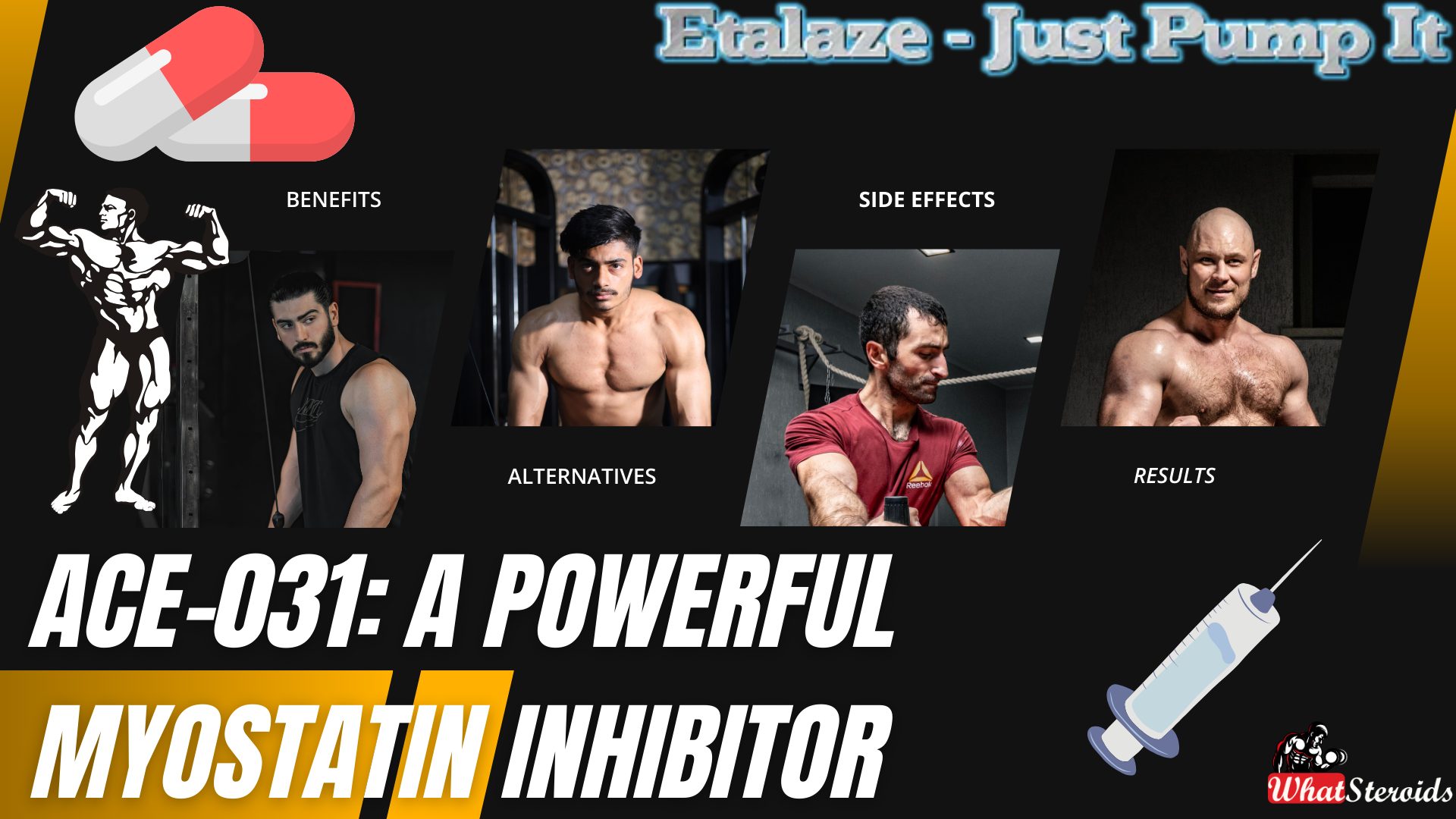
ACE-031 is a synthetic peptide designed to block myostatin, a natural regulator of muscle growth. Developed by Acceleron Pharma, it was originally studied as a treatment for muscle-wasting conditions like muscular dystrophy. By inhibiting myostatin, ACE-031 enables unrestricted muscle growth, making it appealing to athletes and bodybuilders seeking increased muscle mass and strength.
Benefits for Bodybuilders
ACE-031 offers significant advantages for bodybuilders aiming to maximize muscle growth:
Enhanced Muscle Development – By blocking myostatin, ACE-031 eliminates the biological limit on muscle expansion, allowing for significant increases in lean muscle mass.
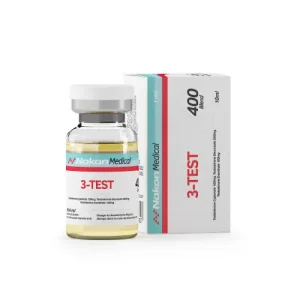 Check out 3-Test 400 Blend by Nakon Medical
Check out 3-Test 400 Blend by Nakon Medical
Improved Endurance and Fat Reduction – Users may experience enhanced endurance and reduced fat accumulation, which contributes to overall body composition improvements.
Accelerated Recovery – The peptide aids in muscle repair, shortening recovery time after strenuous workouts and enabling more frequent training sessions.
These benefits make ACE-031 a valuable tool for bodybuilders seeking superior performance and rapid results.
Must Read: 10 Week Program & 5,000 Rep Arm Specialization Program
Potential Side Effects
While ACE-031 delivers powerful muscle-building effects, it is not without risks:
Swelling in Limbs – Some users report fluid retention and swelling, particularly in the arms and legs.
Weakened Tendons and Ligaments – Rapid muscle growth may surpass the body's ability to strengthen tendons and connective tissues, potentially leading to strain or injury.
Unknown Long-Term Effects – Since human studies on ACE-031 are limited, the full scope of potential risks remains uncertain.
Given these concerns, careful monitoring and responsible use are essential.
Recommended Dosage and Cycling
Due to its potency, ACE-031 should be dosed conservatively:
Beginner Dosage – 1 mg per week, injected subcutaneously or intramuscularly, to assess tolerance.
Experienced Users – Up to 3 mg per week, but only with caution and close observation for adverse effects.
Cycling Approach – A typical cycle lasts 4–6 weeks, followed by a break to prevent desensitization and allow the body to reset.
Using ACE-031 responsibly within structured cycles helps mitigate risks and optimize benefits.
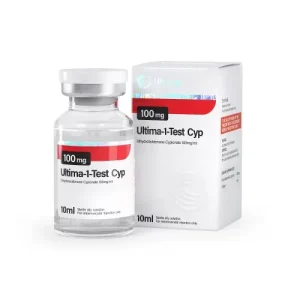 Click Here to Buy 1-Test Cyp by Ultima Pharmaceuticals
Click Here to Buy 1-Test Cyp by Ultima Pharmaceuticals
Potential Alternatives to ACE-031
Here are 10 alternatives to ACE-031 that also function as myostatin inhibitors or support muscle growth through similar mechanisms:
Follistatin-344 – A potent myostatin inhibitor that promotes muscle hypertrophy by blocking myostatin activity.
BPC-157 – Known for its regenerative properties, it enhances healing and tissue repair, indirectly supporting muscle growth.
CJC-1295 – A growth hormone-releasing peptide that boosts GH levels, aiding in muscle development.
Ipamorelin – Stimulates GH release with minimal side effects, making it a safer option for muscle enhancement.
MK-677 (Ibutamoren) – A powerful GH secretagogue that promotes muscle growth and fat loss.
Sermorelin – Encourages natural GH production, supporting recovery and lean muscle gains.
Tesamorelin – Primarily used for fat loss but also aids in muscle preservation.
PEG-MGF (Pegylated Mechano Growth Factor) – Enhances muscle repair and growth post-exercise.
GHRP-6 – Stimulates appetite and GH release, supporting muscle mass gains.
Activin A Blockers – Experimental compounds that target the myostatin pathway to enhance muscle growth.
Each of these alternatives has unique mechanisms and benefits, so selecting the right one depends on your specific goals.
ACE-031 is available in several forms for purchase, depending on the supplier. Here are the common options:
Peptide Vial – Typically comes in 1 mg vials for reconstitution.
Pre-Mixed Pen – A ready-to-use injectable form for convenience.
Nasal Spray – An alternative delivery method for those avoiding injections.
Peptide Stacks – Some suppliers offer ACE-031 combined with IGF-1 LR3 for enhanced muscle growth.
You can find these forms from suppliers like PharmaLabGlobal and Direct Peptides.
Related Article: Anavar Cycle for Men and Women
Overall
ACE-031 presents promising muscle-building advantages, making it a sought-after peptide among bodybuilders. However, due to limited research and potential side effects, users should approach it with caution, adhere to recommended dosages, and seek professional guidance to ensure safe usage.
Steroids
Decoding IGF-1 LR3: A Guide to its Benefits
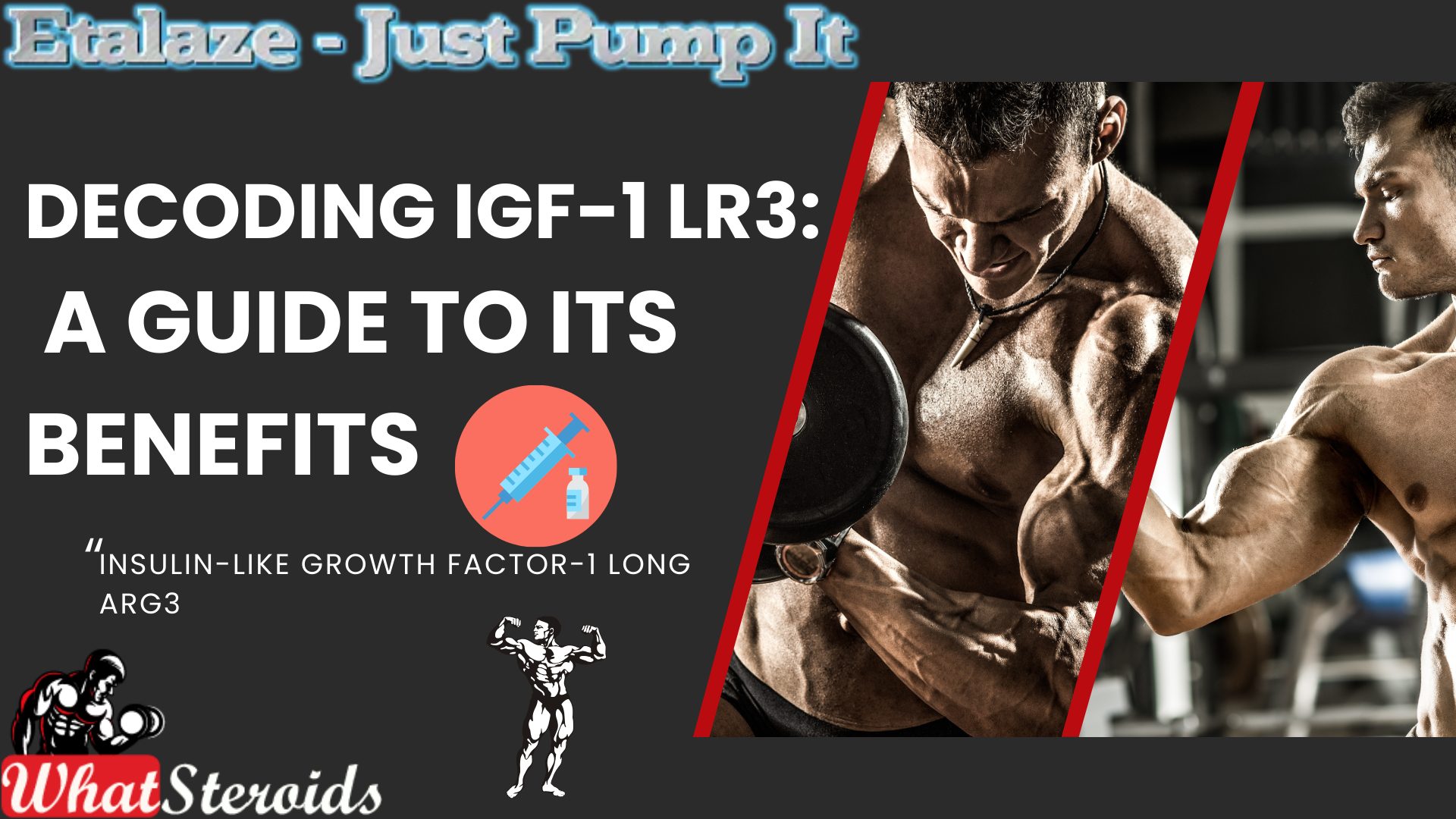
IGF-1 LR3 (Insulin-like Growth Factor-1 Long Arg3) is a synthetic variant of IGF-1, a hormone produced by the liver in response to growth hormone (GH). Unlike GH, which works indirectly, IGF-1 directly facilitates the growth and repair of muscle cells.
Related Article: Ostarine for Beginners; The Ultimate Guide
This modified version of IGF-1 is engineered to avoid binding with IGF-binding proteins, extending its half-life to 20–30 hours. As a result, it remains active in the body significantly longer than natural IGF-1.
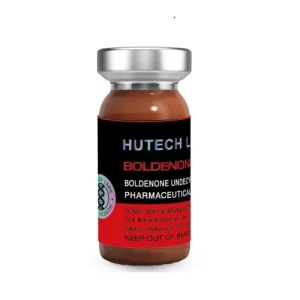 Click here to BuyBoldenone 300 by Hutech
Click here to BuyBoldenone 300 by Hutech
Many performance athletes incorporate IGF-1 LR3 post-workout to enhance muscle growth, speed up recovery, and support fat loss. When injected into specific muscle groups, it often produces localized effects. Additionally, it helps with nutrient distribution and, in some cases, improves insulin sensitivity.
On the other hand, human growth hormone (HGH) operates more broadly and indirectly, stimulating the liver to produce IGF-1 and offering more systemic benefits such as improved skin health, joint support, and fat reduction, albeit at a slower pace.
Typical IGF-1 LR3 doses range from 20–50 mcg daily, administered subcutaneously or intramuscularly, often following a workout.
Key Features of IGF-1 LR3
Enhanced Bioavailability: It avoids binding with IGF-binding proteins, increasing its potency.
Muscle Growth & Repair: Directly stimulates muscle cell proliferation and differentiation.
Improved Nutrient Distribution: Helps shuttle nutrients into muscle cells, supporting recovery.
Potential Fat Loss Benefits: Some users report improved insulin sensitivity and fat metabolism.
Mechanism of Action
IGF-1 LR3 interacts with IGF-1 receptors on muscle cells, activating pathways like PI3K-AKT and MAPK, which are crucial for cell growth and regeneration. This makes it a powerful tool for bodybuilders and athletes looking to optimize recovery and muscle development.
What Are the Top 10 Alternatives to IGF-1 LR3?
Here are some of the top alternatives to IGF-1 LR3, each with unique benefits for muscle growth, recovery, and performance:
BPC-157 – Known for its regenerative properties, it enhances healing and tissue repair.
CJC-1295 – A growth hormone-releasing peptide that boosts GH levels for muscle development.
Ipamorelin – Stimulates GH release with minimal side effects, making it a safer option.
MK-677 (Ibutamoren) – A potent GH secretagogue that promotes muscle growth and fat loss.
Sermorelin – Encourages natural GH production, supporting recovery and lean muscle gains.
Tesamorelin – Primarily used for fat loss, but also aids in muscle preservation.
Follistatin-344 – Inhibits myostatin, allowing for increased muscle hypertrophy.
PEG-MGF (Pegylated Mechano Growth Factor) – Enhances muscle repair and growth post-exercise.
GHRP-6 – Stimulates appetite and GH release, supporting muscle mass gains.
GHRP-2 – Similar to GHRP-6 but with fewer hunger-related side effects.
Each of these peptides has distinct mechanisms and benefits.
Must Read: Are Nootropics a Better Option to AAS?
Potential Risks Associated With IGF-1 LR3
IGF-1 LR3 comes with several potential risks, especially for bodybuilders using it to enhance muscle growth. Here are some key concerns:
Hypoglycemia (Low Blood Sugar) – IGF-1 LR3 increases glucose uptake in muscle cells, which can lead to dangerously low blood sugar levels if not managed properly.
Organ Growth – Since IGF-1 affects all tissues, excessive use may lead to unwanted growth in organs, increasing health risks.
Cancer Risk – IGF-1 plays a role in cell proliferation, and elevated levels have been linked to an increased risk of certain cancers.
Water Retention & Edema – Some users experience bloating and fluid retention, which can affect performance and aesthetics.
Joint Pain & Stiffness – Excessive IGF-1 levels may contribute to joint discomfort due to increased tissue growth.
Cardiovascular Issues – There is some concern that IGF-1 LR3 could contribute to heart enlargement or other cardiovascular complications.
Desensitization – Long-term use may reduce the body's natural IGF-1 production, leading to dependency
Overall
IGF-1 LR3's ability to bypass IGF-binding proteins makes it more potent but also increases the likelihood of desensitization with prolonged use. For those considering it, careful dosing and monitoring are crucial to mitigate side effects.
-

 Steroids2 years ago
Steroids2 years agoBest Oil Recommendations Before Competition for Subtle Shimmer
-

 Steroids2 years ago
Steroids2 years agoPowerlifting Vs Power Building: Find Out the Big Difference and When to Shift Between the Two
-

 Bodybuilding Products1 year ago
Bodybuilding Products1 year agoTelmisartan In Bodybuilding: An Expert’s Advice
-

 Nutrition2 years ago
Nutrition2 years agoEverything Nutritional Food: What’s Too Much Or Too Little
-

 Anabolic Steroids10 months ago
Anabolic Steroids10 months agoJoint Stiffness: How to Manage It While on AAS
-

 Bodybuilding9 months ago
Bodybuilding9 months agoPrimal Movements: Our Ultimate Guide for Maximum Results
-

 Steroids1 year ago
Steroids1 year agoAnadrol Cycle: Benefits, Doses, Alternatives, etc.
-

 Bodybuilding2 years ago
Bodybuilding2 years agoChia Seeds in A Bodybuilder’s Diet: An Expert’s Advice
-

 Bodybuilding10 months ago
Bodybuilding10 months agoHow Effective is Bone Broth for Recovery?
-

 Steroids11 months ago
Steroids11 months agoOmnitope (Oxytocin)
-

 Bodybuilding1 year ago
Bodybuilding1 year agoHow Much Is Too Much Cardio? Understanding Heart Rate Zones
-

 Steroids10 months ago
Steroids10 months agoSleeping Positions for Effective Muscle Recovery
-

 Anabolic Steroids2 years ago
Anabolic Steroids2 years agoLegality of Anabolic Steroids In Latin America
-

 Bodybuilding9 months ago
Bodybuilding9 months ago2nd Edition of Natural Bodybuilding Competition Facts
-

 Beginners2 years ago
Beginners2 years agoTren Cycle for Beginners
-

 Bodybuilding1 year ago
Bodybuilding1 year agoCalorie Dumping: A Bodybuilder’s Guide
-

 Bodybuilding1 year ago
Bodybuilding1 year agoDemystifying Hypertrophy Training
-

 Bodybuilding9 months ago
Bodybuilding9 months agoAre Nootropics a Better Option to AAS?
-

 Steroids5 months ago
Steroids5 months agoOstarine For Beginners: The Ultimate Guide
-

 Bodybuilding1 year ago
Bodybuilding1 year agoList of FDA-Approved Peptides
-

 Bodybuilding2 years ago
Bodybuilding2 years agoCompetition Prep Cycle for Pro Bodybuilders
-

 Steroids7 months ago
Steroids7 months agoBodybuilder Winter Clothing: Staying Warm and Stylish
-

 Bodybuilding6 months ago
Bodybuilding6 months agoTop Video Games for Bodybuilders in 2025
-
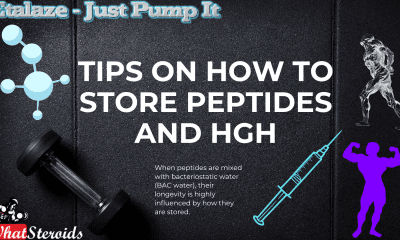
 Steroids5 months ago
Steroids5 months agoTips on How to Store Peptides and HGH
-

 Anabolic Steroids1 year ago
Anabolic Steroids1 year agoHow Much Do You Know About B-AET? A Fat Burner You’ve Been Missing


